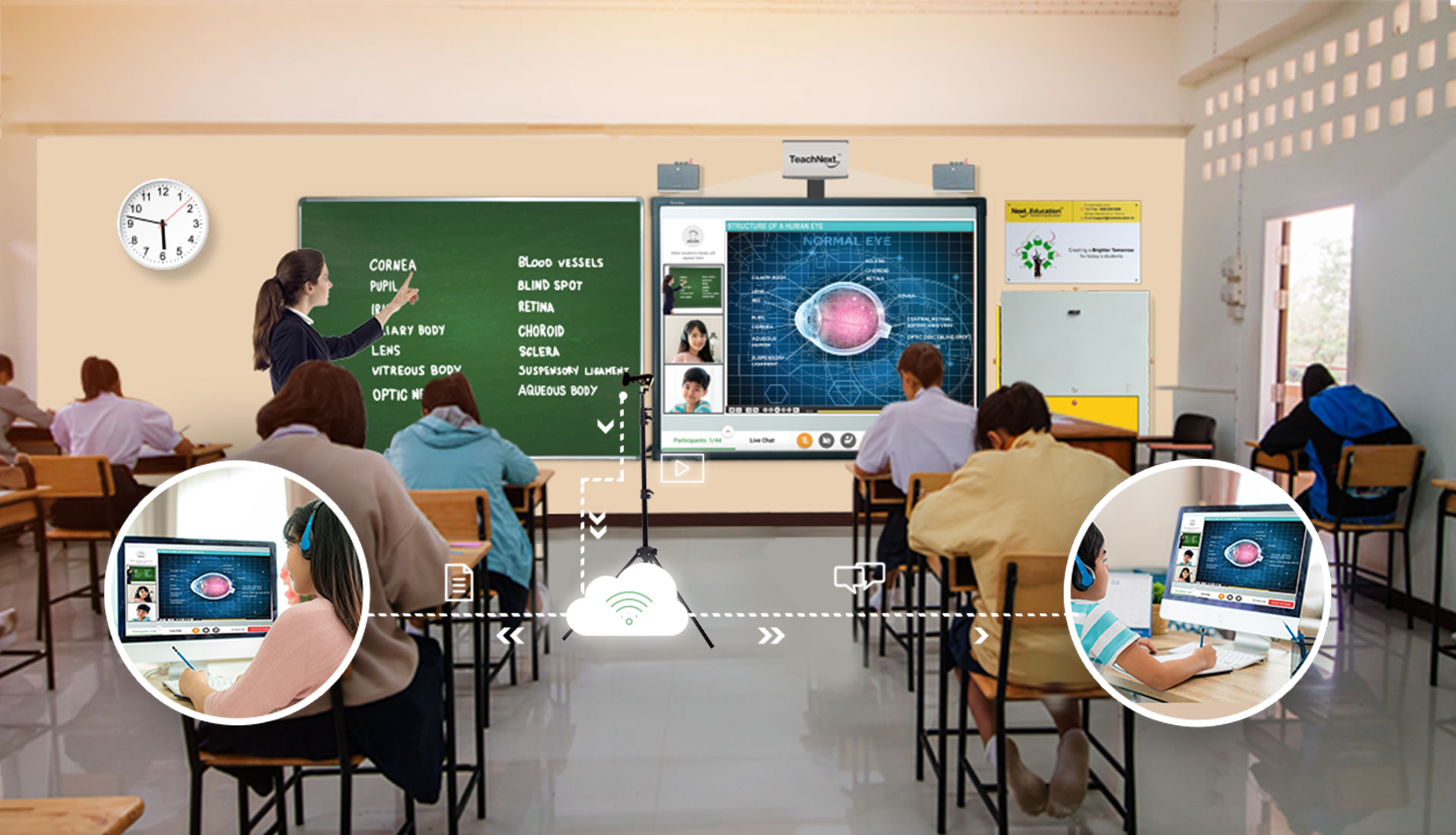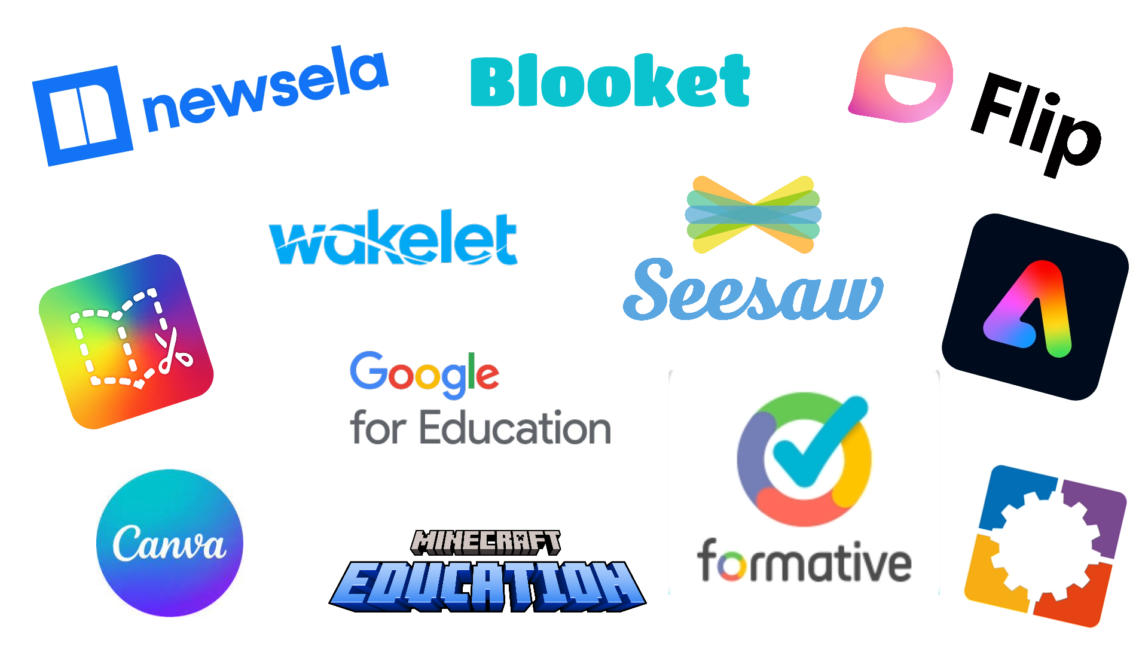Remote and impoverished areas have always had difficulty accessing high-quality education. Learning prospects have been hampered by conventional obstacles such as remote locations, inadequate infrastructure, and restricted access to trained teachers. But technology is quickly closing these gaps and changing education in ways that were unthinkable just ten years ago.
Lack of internet access is one of the main challenges in isolated places. But programs like OneWeb and Starlink make satellite-based internet available even in remote areas.
Impact:

Lack of internet access is one of the main challenges in isolated places. But programs like OneWeb and Starlink make satellite-based internet available even in remote areas.
Case Study:
Smartphones have become effective learning tools as mobile adoption increases. Apps like Seesaw, BYJU'S, and Duolingo are designed for a variety of subjects and age levels. Benefits: Students remain interested in studying when it is gamified. Even without constant internet, education is accessible thanks to offline features.

Personalized learning experiences are being made possible by artificial intelligence, which can adjust content to each student's speed and comprehension level. Customized learning paths are provided by AI tools like DreamBox and Smart Sparrow, guaranteeing that no student is left behind.
Impact in Remote Areas:

Electricity is a major problem in isolated places. Continuous learning is ensured by offline solutions and solar-powered gadgets. Devices such as SolarSPELL (Solar Powered Educational Learning Library) provide preloaded educational materials without requiring electricity or the internet. Example: By giving teachers access to digital libraries loaded with lessons and textbooks, SolarSPELL has revolutionized education in Papua New Guinea.
Even in remote locations, experiential learning is now feasible thanks to immersive technologies. Students can virtually tour historical places, labs, and museums using VR and AR. For instance, students in far-flung villages can perform experiments using a virtual scientific lab without the need for actual lab equipment.
Challenges to Overcome:
Governments, NGOs, and tech companies are collaborating to overcome these challenges:
Technology's influence on education in rural places will only increase as it becomes more widely available and reasonably priced. We can guarantee that every child, wherever they may be, has access to high-quality education by making investments in infrastructure, developing collaborations, and encouraging digital literacy.
Technology has the potential to democratize education by removing obstacles that have prevented generations of students in rural places from advancing. The goal of universal access to quality education is attainable with sustained innovation and international collaboration. Which technology, in your opinion, has the biggest influence on distance learning? Let's talk about it in the comments!